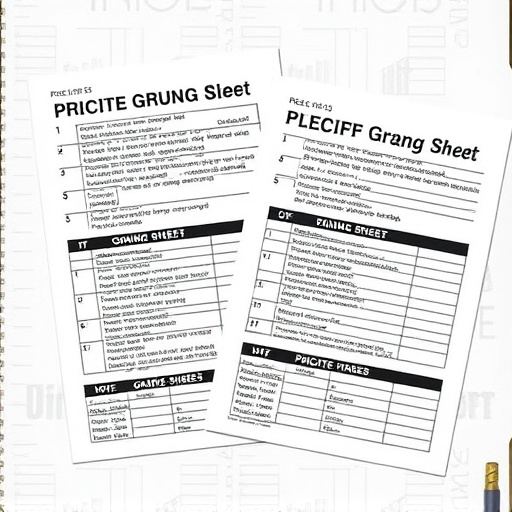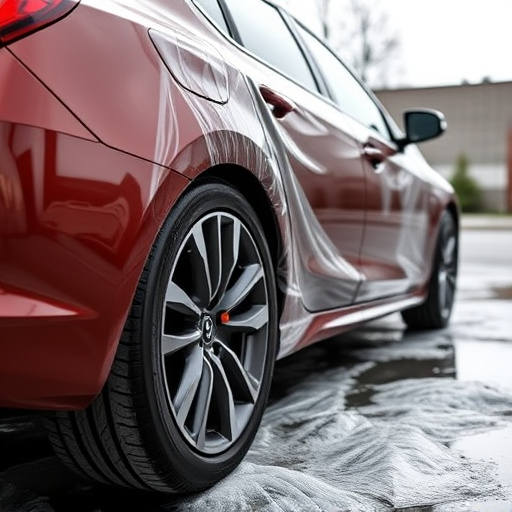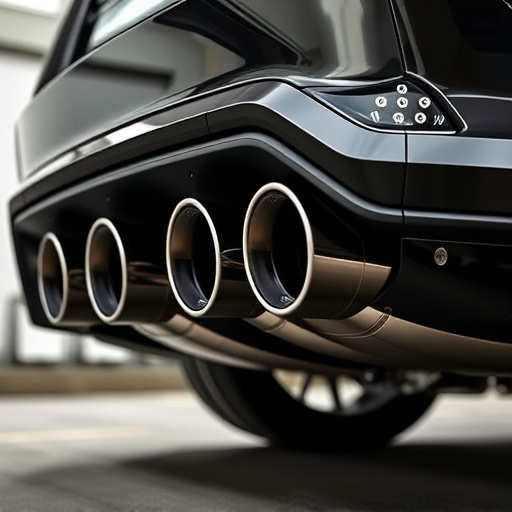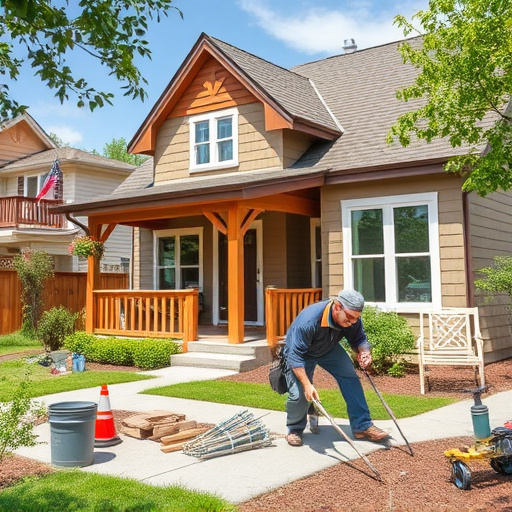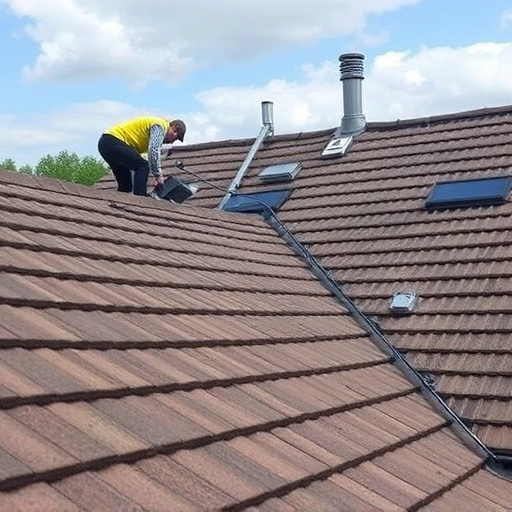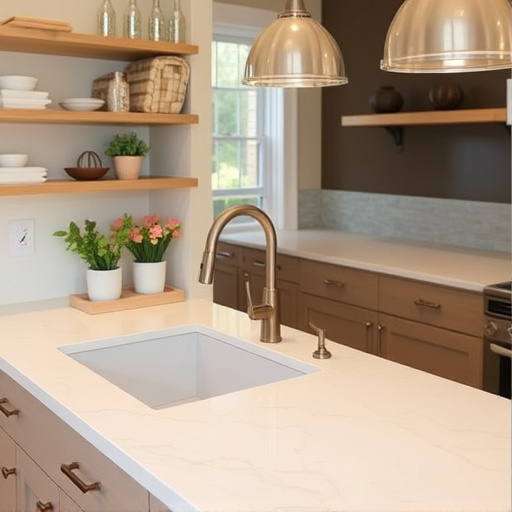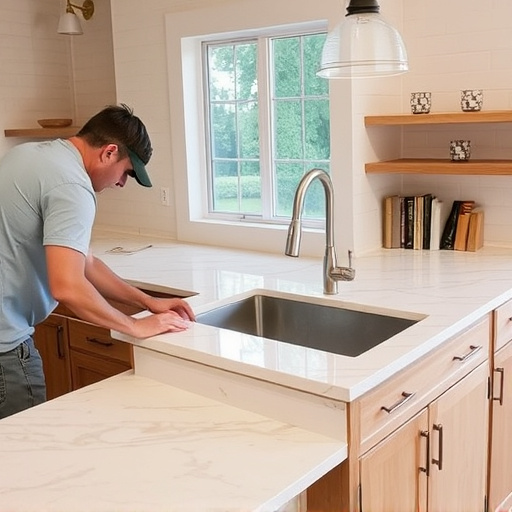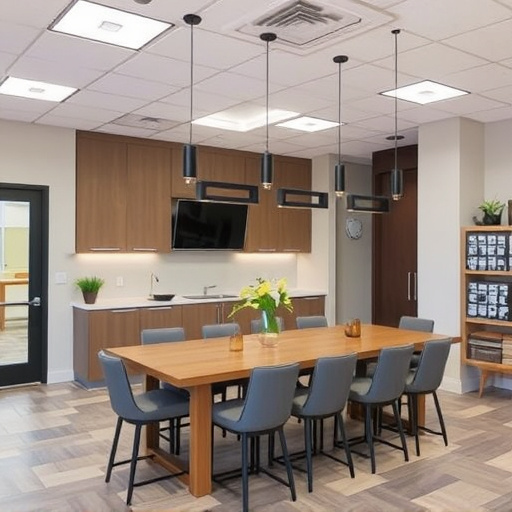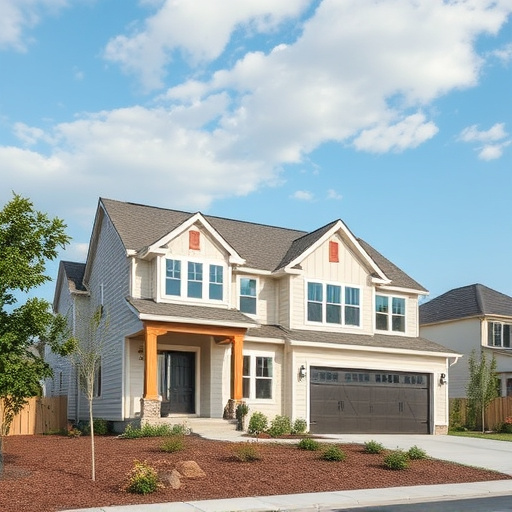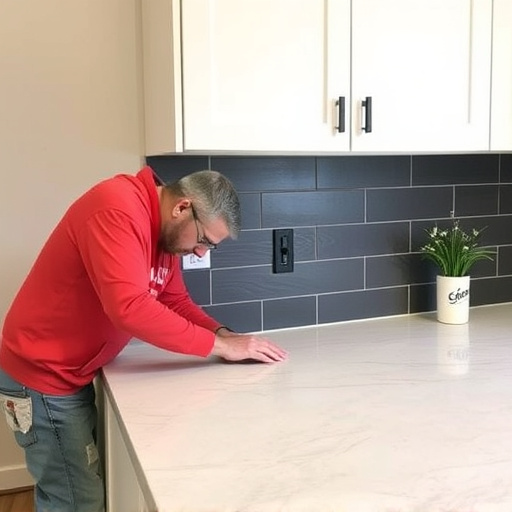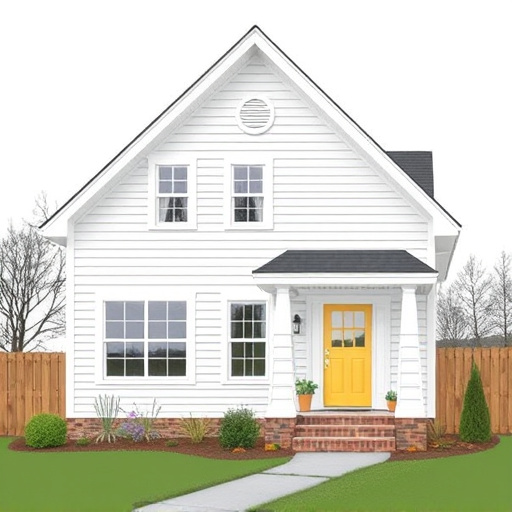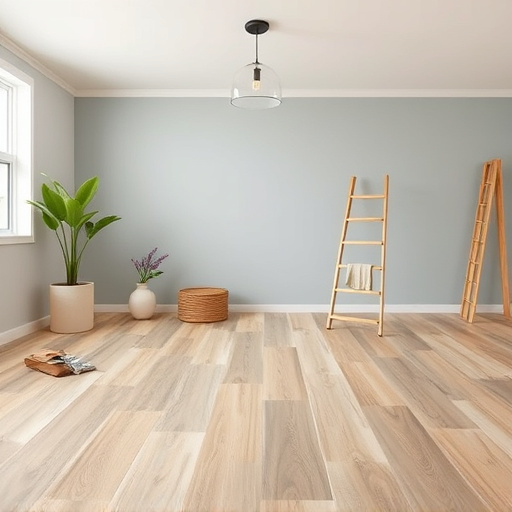Evaluating financial health is crucial before custom homes projects. Differentiate between core features (must-haves) and luxurious enhancements (nice-to-haves). Prioritize must-haves, strategically budget for upgrades, balance aspirations with reality, and focus on high-impact renovations to create an achievable dream home within financial capabilities.
Choosing features for your dream custom home can be exciting yet daunting, especially when considering your budget. This guide helps you navigate the process with confidence. We’ll walk you through assessing your financial situation, prioritizing must-haves and nice-to-haves, and finding cost-effective solutions for a custom home that fits your needs and wallet. By the end, you’ll be equipped to make informed decisions, ensuring your custom home investment aligns with your financial goals.
- Assessing Your Financial Situation for Custom Homes
- Prioritizing Must-Haves and Nice-to-Haves
- Finding Balance: Cost-Effective Custom Features
Assessing Your Financial Situation for Custom Homes
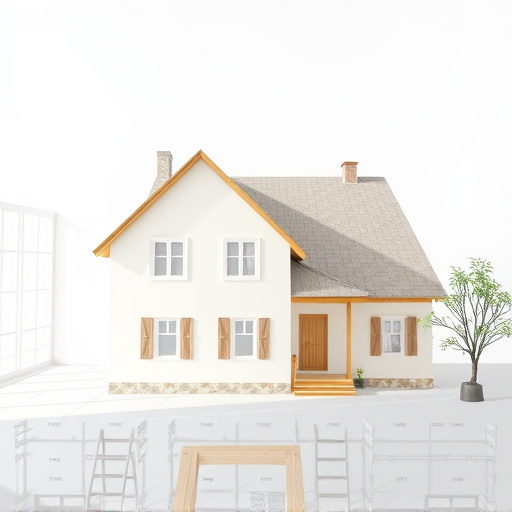
Before diving into the world of custom homes, it’s crucial to assess your financial situation. This involves a detailed look at your income, current savings, and any outstanding debts. Understanding these factors will give you a clear idea of how much you can realistically allocate for custom homes features without compromising your daily expenses or long-term financial goals. A robust financial foundation allows you to make informed decisions that balance your desire for personalized living spaces with the practical aspects of homeownership.
This assessment is particularly important when considering floor replacements, home remodeling, and other home improvement services within a custom homes project. By evaluating your budget, you can prioritize features that offer the most value, ensuring your investment aligns with both your aspirations and financial capabilities. This strategic approach not only guarantees a smoother building process but also helps in avoiding unnecessary financial strain.
Prioritizing Must-Haves and Nice-to-Haves
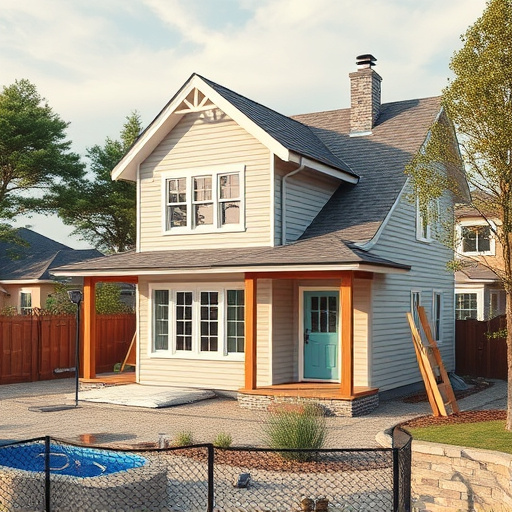
When designing your dream custom home, it’s essential to understand the difference between must-haves and nice-to-haves. Prioritizing your needs ensures that your budget is allocated wisely, allowing for a smoother construction process. Start by identifying the core elements of your ideal home; these are non-negotiable features like a functional kitchen and bath layout, efficient energy systems, or specific architectural styles that resonate with you. These must-haves should form the backbone of your plan.
Once you’ve established these fundamentals, decide on the desirable enhancements, often categorized as nice-to-haves. This could include luxury appliances in the kitchen, a home theater system, or an elaborate outdoor living space. While these features elevate the comfort and enjoyment of your home, they might not be immediate priorities. Allocate your budget strategically, giving more weight to essentials while still including some desirable upgrades where feasible, especially if your financial situation allows for it.
Finding Balance: Cost-Effective Custom Features
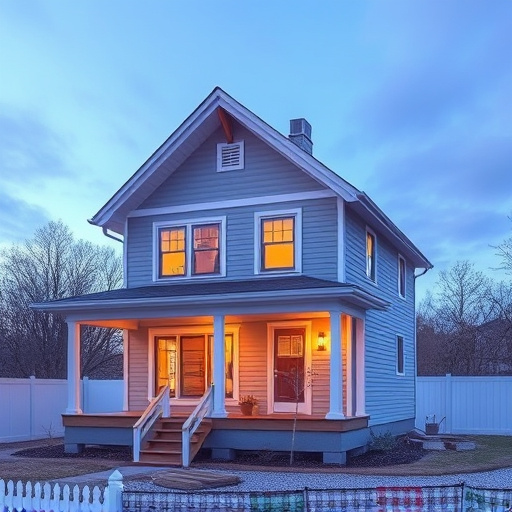
When designing your dream custom home, striking a balance between your aspirations and budget is essential. While it’s tempting to indulge in every luxurious feature, thoughtful planning can help you achieve a perfect harmony between your vision and financial constraints. Prioritize your must-haves and consider creative solutions for those desirable yet expensive add-ons. For instance, instead of opting for a grand entrance with a high price tag, explore cost-effective alternatives like an elegant but simple foyer design.
One way to achieve this balance is by focusing on areas that offer the most impact in terms of functionality and aesthetics. Residential renovations can be a great way to enhance your living space without breaking the bank. Consider practical yet stylish floor replacements as a means to elevate your home’s look and feel. Even elements like bathroom renovations, while significant investments, can significantly improve your daily routine and overall satisfaction with your custom homes, providing excellent value for your budgeted efforts.
When building a custom home, balancing your budget with desired features is key. By carefully assessing your financial situation, prioritizing needs, and exploring cost-effective options, you can create a space that reflects your style without breaking the bank. Remember, every decision counts in the world of custom homes, so choose wisely and make informed choices to stay within your financial comfort zone.

